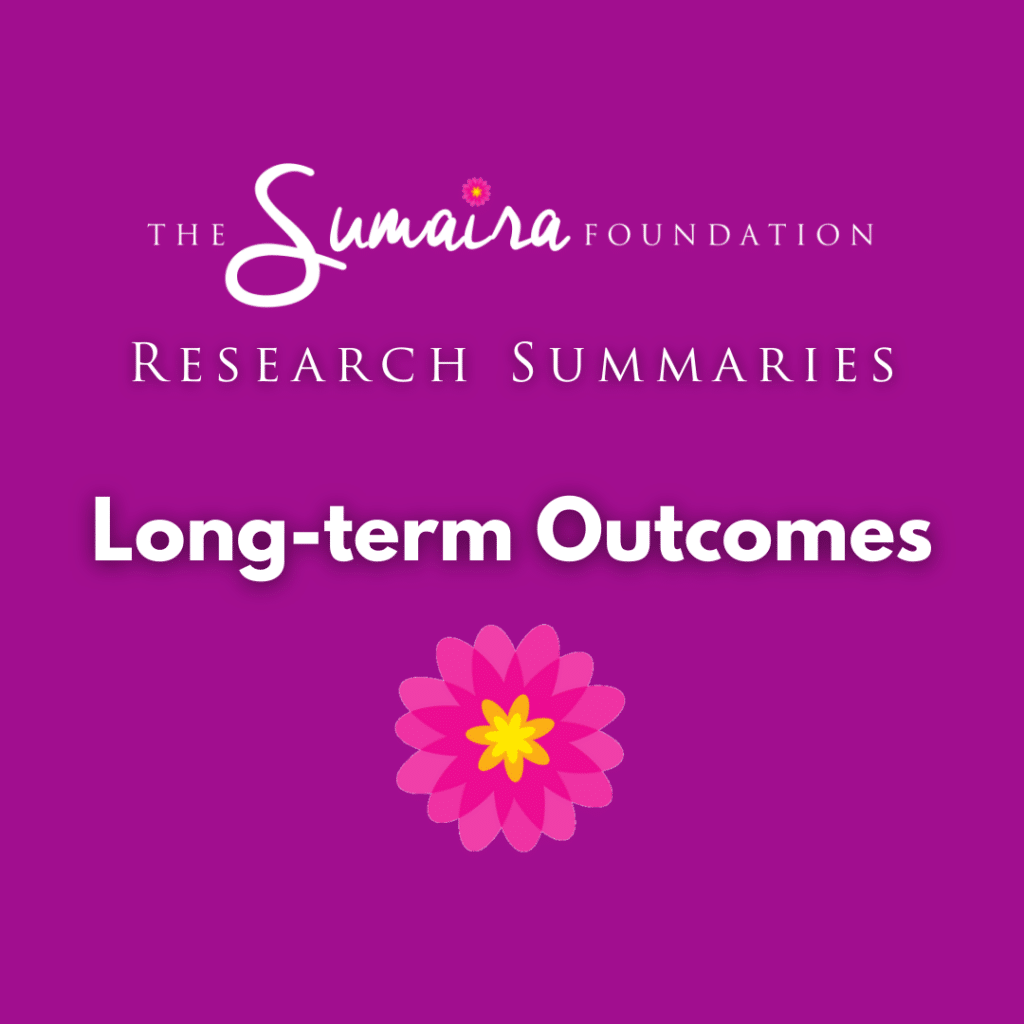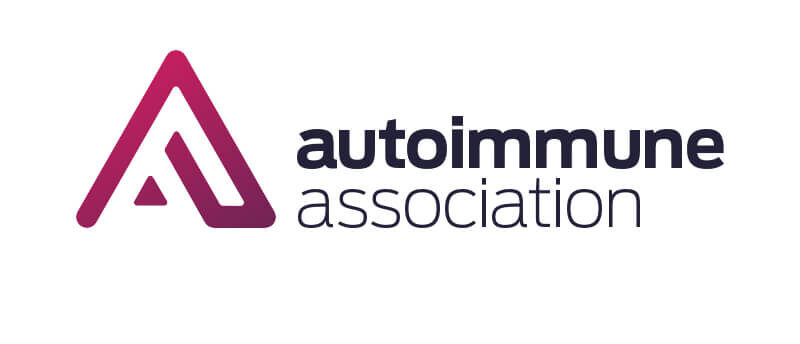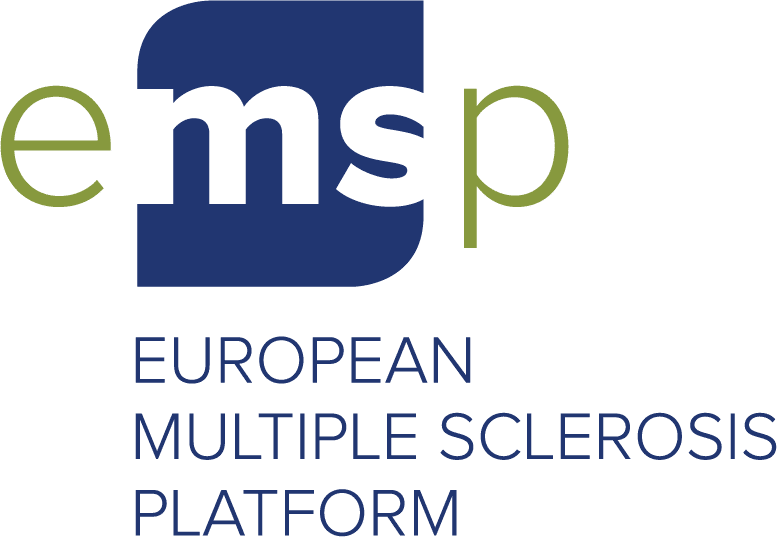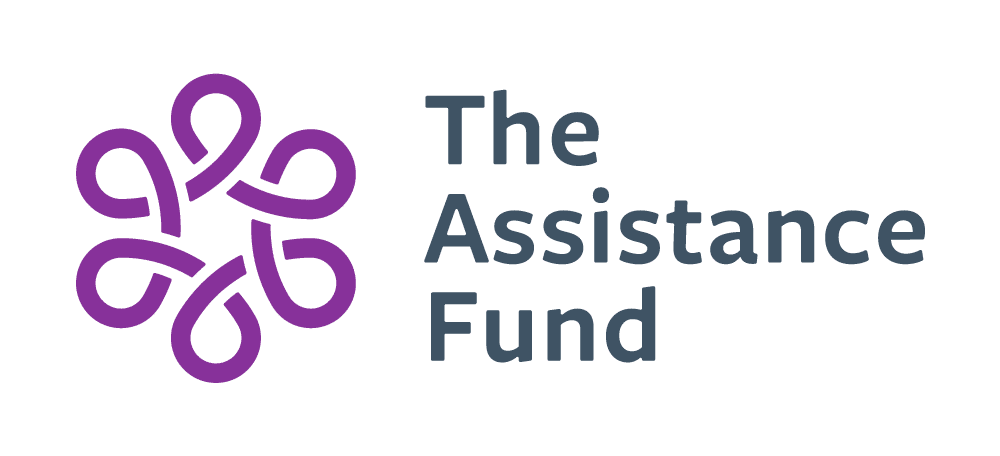
Long-term safety of satralizumab in neuromyelitis optica spectrum disorder (NMOSD) from SAkuraSky and SAkuraStar
Journal: Multiple Sclerosis and Related Disorders; July 4, 2022
Author(s): Takashi Yamamura, Brian Weinshenker, Michael R Yeaman, Jerome De Seze, Francesco Patti, Patricia Lobo, H-Christian von Büdingen, Xiujing Kou, Kristina Weber, Benjamin Greenberg
Long-term safely of satralizumab in NMOSD patients testing positive for aquaporin-4 antibodies
Two separate earlier clinical trials showed satralizumab to be efficacious in patients with NMOSD, both when administered along with immunosuppressant therapy (known as the SAkuraSky study) and when administered alone (known as the SAkuraStar study). This study analyzed the long-term safety of satralizumab on the basis of data from the SAkuraSky and SAkuraStar studies (75 and 91 patients treated with satralizumab) over a period of 4 years or more. The findings showed that the safety profile of satralizumab (occurrence of adverse events, serious adverse events, infections, severe changes in laboratory markers, and deaths or anaphylactic reactions) remained the same over time, when administered alone or in combination with immunosuppressant therapy. No new safety concerns were observed in the extended study period versus the original clinical trial period.
Free Access: Full text





















